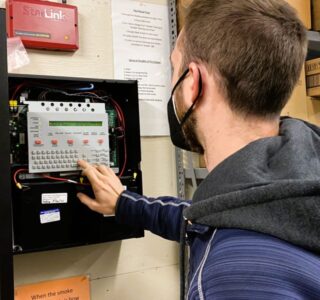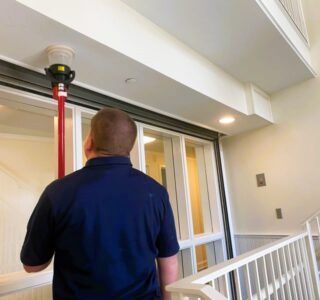Moving far beyond simple intrusion detection and surveillance, modern commercial security systems have become an important piece of your building’s overall Fire Prevention strategy.
Category: Fire Alarm

What Happens When You Pull a Fire Alarm?
“You NEVER pull the Fire Alarm unless there is an emergency!”
This message is drilled into us during the earliest stages of our formal education and because we are told not to, we spend the rest of our lives wanting to pull it.
So, what actually does happen when a Fire Alarm is pulled?

Occupancy Classification for Fire Alarm Systems
One of the first things designers and engineers consider when creating a Fire Alarm System is the Occupancy Classification of the space. Occupancy Classification is “the formal designation of the primary purpose of the building, structure of portion thereof.”

Staying Ahead with Preventative Maintenance Agreements for Commercial Fire Alarm Systems
Preventative maintenance agreements (PMAs) are designed to keep businesses informed of inspections and allocate resources for service requirements.

Smoke Detector Sensitivity Testing
Smoke detectors experience a decline in effectiveness over time for reasons such as dust or age, making regular smoke detector sensitivity testing critical.

Code Compliance and the Authority Having Jurisdiction (AHJ)
Most construction projects are subject to code compliance. Whether it’s a retail fit-out of a core space, ground-up construction, or a tenant improvement project, there are codes enforced by the Authority Having Jurisdiction (AHJ).
Created by: Design Data Concepts, LLC

